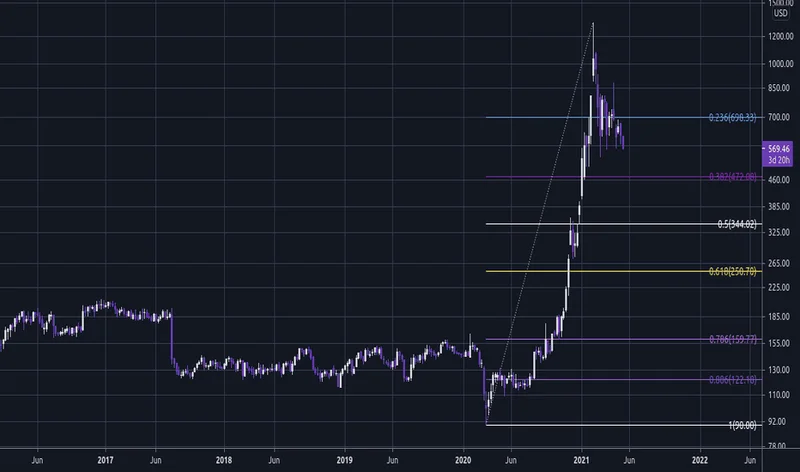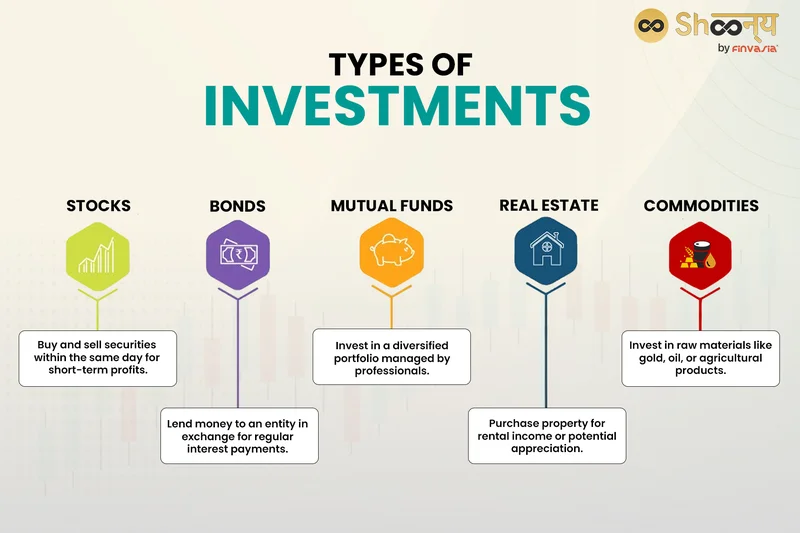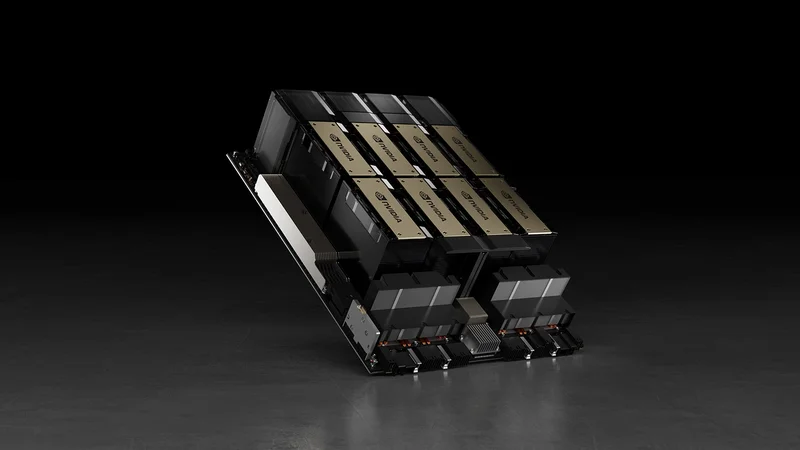Nvidia's Strategic Partnership with Nokia: Why It's Happening and What It Means for the Future of Tech
Nvidia Didn't Just Buy Nokia Stock. It Bought a Blueprint for an AI-Powered World.
When the news broke that Nvidia was pouring a cool billion dollars into Nokia, the market did exactly what you’d expect. Tickers lit up, headlines screamed about a 22.8% stock surge, and analysts immediately started debating whether Nokia’s long winter was finally over. It’s a predictable, almost Pavlovian response to a big number with a famous name attached. But I’m telling you, if you’re only looking at the stock price, you’re missing the entire story. You’re staring at the spark and ignoring the coming supernova.
When I first saw the news flash across my screen, I honestly just leaned back in my chair, a slow grin spreading across my face. This is the kind of breakthrough that reminds me why I got into this field in the first place. This isn't just a vote of confidence or a savvy portfolio diversification for Nvidia. This is a foundational move. This is about building the global nervous system for the age of artificial intelligence.
We are living in a moment of incredible computational power. Nvidia, with its near-mythical GPUs, has been building the brains of the AI revolution. They’ve given us the engine. But what good is the world’s most powerful engine if it’s sitting on a dirt road? To truly unleash what’s coming—from city-spanning IoT networks to autonomous robotics and AI that lives not just in the cloud but all around us—you need the roads. You need the rails. You need the invisible, instantaneous, and utterly reliable infrastructure that allows all these new AI “brains” to talk to each other.
That’s what Nokia represents. This isn’t the Nokia of indestructible cell phones from 2002. This is a company that has been quietly and diligently building the backbone of our connected world with its deep expertise in 5G and next-generation 6G network technology. What Nvidia just did is the modern equivalent of a railroad tycoon buying up the steel mills. It’s not about the immediate return on the steel; it’s about ensuring you can build the tracks to a new frontier.
The Invisible Architecture of Tomorrow
Let’s get to the heart of it. The partnership isn’t just about money; it’s about a deep technological marriage. The plan is for Nokia to tailor its 5G and 6G technologies to run natively on Nvidia’s silicon. They’re co-developing new network technologies specifically designed to support AI. This is a paradigm shift. We’re moving away from networks that simply carry data to networks that are themselves intelligent—they’re becoming AI-native.
What does that even mean? Think of it like this: today’s internet is a system of postal workers. You package up your data, and they do their best to deliver it quickly. An AI-native network, however, is more like a biological nervous system. It doesn't just transmit signals; it anticipates, prioritizes, and processes information in real-time, right at the source. It’s the difference between sending a letter and a reflex action. For a world of self-driving cars that need to make split-second decisions or a surgeon in New York performing a robotic operation on a patient in Tokyo, that instantaneous, intelligent connection isn't a luxury; it's a requirement.

This is the kind of leap that feels like science fiction until it’s suddenly part of our daily reality. It’s a bit like the invention of the standardized shipping container in the 1950s. Before that, loading and unloading ships was a chaotic, time-consuming mess. The simple steel box changed everything, creating the frictionless backbone for global trade. This Nvidia-Nokia partnership is about creating the “shipping container” for AI data—a standardized, hyper-efficient way to move intelligence around the planet.
Of course, the moment you have this much power converging, you have to pause and consider the responsibility. A world where everything is connected by an intelligent network is a world of unprecedented efficiency and creativity, but it’s also one that demands a new level of stewardship over privacy and security. We’re not just building a faster internet; we’re weaving the digital and physical worlds together into a single fabric. We have to be the thoughtful architects of that new reality.
More Than Just a Bet on a Stock
I’ve seen the skeptical takes. Some point to Nvidia’s past, smaller investments in companies like SoundHound AI, where the initial excitement faded after Nvidia later liquidated its stake. They ask, “Is this just another short-term play?”
I believe that’s fundamentally misunderstanding the scale of what’s happening here. This isn’t a small bet on a niche application. This is a strategic alignment at the deepest level of infrastructure. You don’t partner to custom-build the future of 6G on your processors if you’re planning to cash out next quarter. This is about building a moat—an ecosystem so powerful and integrated that it becomes the default platform for the next decade of innovation. The billion-dollar investment is just the handshake; the real value is in the joint R&D, the shared vision of a world where computation and communication are one and the same.
Imagine what this unlocks. Factories where robotic arms don’t just repeat a task but learn and adapt in concert with thousands of other machines across a global supply chain. Imagine smart cities that don’t just collect data on traffic but actively reroute energy, emergency services, and public transport in real-time based on predictive AI models running on the network itself—this is the kind of stuff that moves humanity forward, solving real-world problems of efficiency and sustainability at a scale we’ve never been able to tackle before.
The question isn’t whether Nokia’s “bad times are over.” That’s the wrong question entirely. It’s like asking in 1908 if the horse-and-buggy industry was in trouble because of the Ford Model T. The real question is: are we ready for the world this partnership is about to build? Are you prepared for a future where the distinction between a device, a network, and an AI blurs into nothing? Because that’s where we’re headed, and this alliance just stomped on the accelerator.
We're Laying the First Bricks
Forget the stock charts and the quarterly earnings for a moment. What we are witnessing is not a financial transaction; it's an act of architectural design for a new world. This is the digital equivalent of laying the cornerstone for a cathedral. It's a statement of intent, a vision of a future so deeply and intelligently connected that it will fundamentally reshape our lives. We’re not just watching the future unfold; we are watching its very foundations being built, right now, in plain sight.
Related Articles
MicroStrategy (MSTR) Stock: Analyzing the Bitcoin Correlation and Its Price Action
The recent price action in Strategy’s stock (MSTR) presents a fascinating case study in market perce...
macau: What's Really Going On
Alright, let's get this straight. Macau's diversifying? Oh, really? Give me a break. It's not divers...
Analyzing 2025's Investment Landscape: What the Data Reveals About Top Asset Classes vs. Low-Risk Alternatives
There's a quiet, pervasive myth circulating among the baby boomer generation as they navigate retire...
Nvidia News Today: What's Happening and What It Means
Nvidia's AI Play: A Glimpse into the Next Decade Nvidia. The name is practically synonymous with the...
Gold Price Analysis: Today's Price, Key Metrics, and the Silver Correlation
Gold's Dizzying Climb to $4,000: A Sober Look at the Numbers Behind the Hype The numbers flashing ac...
Fifth Third Swallows Comerica for $10.9B: Why It's Happening and Why You Should Care
So, another Monday, another multi-billion dollar deal that promises to "create value" and "drive syn...





